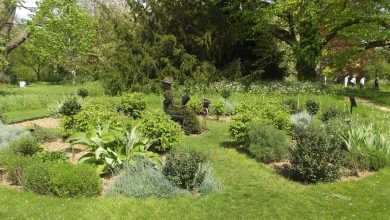Gloxinia: [Characteristics, Cultivation, Care and Disadvantages]
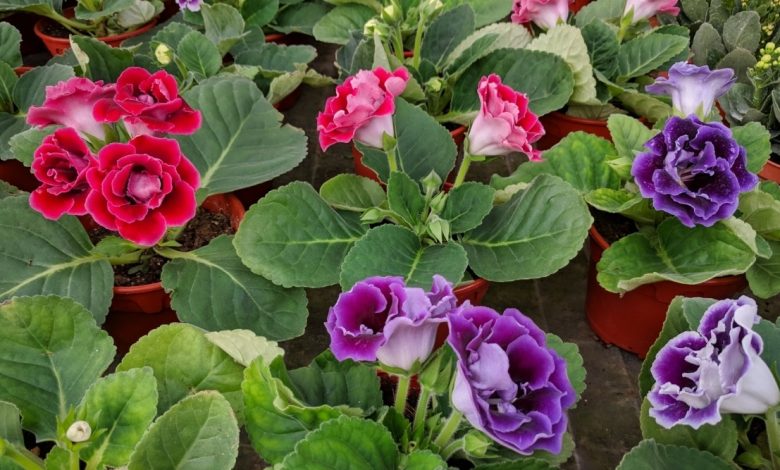
Important points when planting a Gloxinia:
- When? The best time to sow gloxinia is in late winter or early spring, using seeds or plant cuttings.
- Where? Gloxinia is a plant that can be planted in pots, beds, window boxes, but never accompanied by other plants, it is preferable to keep it apart from the others.
- How do we water? Gloxinia is a very delicate species when it comes to watering, so it is recommended to do moderate watering without getting the leaves or flowers of the plant wet.
- How often do we water? The irrigations for the gloxinia must be carried out with a frequency of one irrigation every two or three days, without flooding the plant.
- What care does it require? Gloxinia is a fragile plant that can break at the slightest carelessness, so it requires special care and its cultivation is not easy.
- What pests and diseases affect you? Gloxinia is susceptible to attack by fungi and viruses that can affect the entire plant and destroy the entire crop.
What characteristics does the gloxinia plant have?
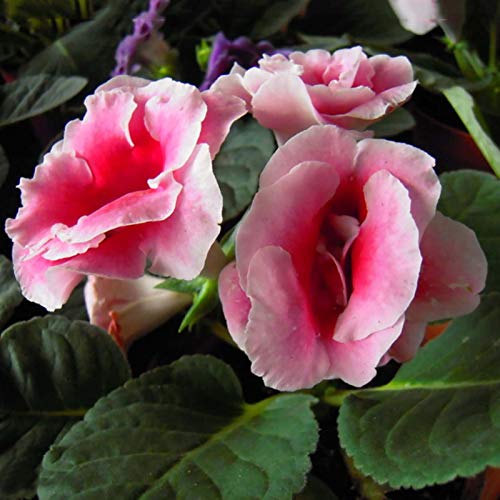 Gloxinia is a perennial, herbaceous, rhizomatous plant of the Gesneriaceae family.
Gloxinia is a perennial, herbaceous, rhizomatous plant of the Gesneriaceae family.
It has its origin in South America, especially in tropical Brazil and also in the Andes mountain range, where it is found with some frequency.
It is a bulbous species, with scaly underground roots with stems covered with villi, erect and facing leaflets with nine pairs of veins.
Its fleshy leaves appear in a rosette from the base of the stem, have a velvet texture and are oval in shape with a dull green nuanced color.
Gloxinia flowers bloom during the summer and fall, emerging from the axils of the stems and developing solitary. They have a shape reminiscent of a bell, they can measure 10 cm and have blue, wine, pink, crimson peach or soft violet colors, among others.
The plant can reach an average height of about 25 cm and is well known by the name Sinningia Speciosa. Gloxinia is named after the French-born botanist and physician Benjamin Peter Gloxin (1765-1795).
When to sow gloxinia?
The best time to sow gloxinia is in late winter or early spring, using seeds or plant cuttings. Bulbils for the next planting should be harvested in early winter from a healthy, robust plant.
Where to plant gloxinia?
Gloxinia is a plant that can be planted in pots, beds, window boxes, but never accompanied by other plants, it is preferable to keep it apart from the others.
Tiny gloxinia crops can be seen among stones, in shady wetlands, in groves and along stream banks. Gloxinia is a plant that is grown indoors or in greenhouses.
How do we water the gloxinia?
Gloxinia is a very delicate species when it comes to watering, so it is recommended to do moderate watering without getting the leaves or flowers of the plant wet. The stems should also not be moistened because they can retain water and rot. Water for watering gloxinia should be at room temperature.
It is recommended to place a pot holder base under the gloxinia, which should be removed after half an hour to prevent the plant from absorbing and retaining the liquid.
How often do we water the gloxinia?
Watering for gloxinia should be done with a frequency of watering every two or three days, without flooding the plant. During the winter it is recommended to stop watering the gloxinia, but it should be placed in a cool place.
How to plant a gloxinia step by step?
Sowing of gloxinia can be carried out by seeds or by tubers of a healthy and adult plant. Experts and gardeners recommend that planting by cutting leaves be carried out by a professional, since it is not an easy procedure to carry out.
- Acquire the gloxinia seeds that are ready for planting.
- Select a large pot that can hold the gloxinia bulbs.
- Fill with a mixture of 1/3 sand, 1/3 leaf soil and another leaf soil.
- Place the plant on a bed of stones with water to create an atmosphere with adequate humidity.
- Water moderately, without flooding and then remove the excess water that remains at the base of the pot holder.
- Locate in a part of the garden in semi-shade with good light.
- Change the substrate completely when disease is suspected.
What care does gloxinia need?
Gloxinia is a fragile plant that can break at the slightest carelessness, so it requires special care and its cultivation is not easy.
- The soil for the cultivation of gloxinia must be loose, fresh, sandy and fertile based on leaf litter and sand to ensure good drainage.
- It is necessary to take care of the gloxinia from the mixture of very humid environments with very low temperatures.
- The location of the plant should be in a place with good lighting, but without direct exposure to sunlight.
- It is recommended to protect bulbs and adult plants from blizzards and constant drizzle.
- Gloxinia does not like very strong frosts and does not tolerate excessive exposure to cold either.
- Constant, uncontrolled moisture can cause root rot or fungal diseases.
- Excessive sunlight can cause gloxinia leaves to become unusually curled and wilt. In this case it is best to change its location.
- Gloxinia requires weekly fertilizers rich in phosphorus dissolved in the irrigation water to prevent the leaves from losing their vitality and color.
- Prune the gloxinia plant to remove, from the place of its birth, the flowers that wither.
- Gardeners recommend avoiding the use of leaf brighteners on gloxinia.
- Clean the plant fortnightly with the use of a soft brush to encourage its respiration and use of environmental humidity.
What pests and diseases affect gloxinia?
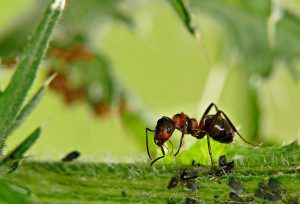 Gloxinia is susceptible to attack by fungi and viruses that can affect the entire plant and destroy the entire crop.
Gloxinia is susceptible to attack by fungi and viruses that can affect the entire plant and destroy the entire crop.
When the plant has brown rings, it means that there are viruses present and the crop must be discarded completely and without remedy.
Among the pests that attack the gloxinia, you can see the green flies that affect the leaves and cause the gloxinia flowers to wither. Aphids are insects that suck the sap from gloxinia bulbs and are very dangerous due to their great ability to reproduce.
To eliminate aphids, it is recommended to clean the leaves and the plant with a cloth moistened with a mixture of water and a little biodegradable soap. To combat the pests that affect the plant, it is necessary to use organic type pesticides that are appropriate for gloxinia.
Also, it is recommended to completely change the substrate when it is suspected that the gloxinia bulbs have been affected by pests or diseases.
Bibliographic references
- Micropropagation and in vitro organogenesis of gloxinia, S Alvarenga-Venutolo… – Revista Tecnología en…, 2002 – revista.tec.ac.cr
- Clonal propagation of Gloxinia (Sinnigia speciosa load) by in vitro culture 1987, N Hernandez de Bernal, M Gil de Serpa – 12. Jornadas Agronomicas. 12…, 1987 – sidalc.net
- Combination of in vitro and ex vitro techniques for the propagation of Gloxinia (Sinningia speciosa). Species of ornamental relevance, L Suarez-Guerra – 2012 – agris.fao.org
- In vitro propagation of Gloxinia (Sinningia speciosa) from leaf and petiole material, C Holley, E Ascanio – 38. Asovac Annual Convention. Maracay …, 1988 – sidalc.net
- Effect of low temperatures on the storage of rhizomes of Gloxinia gymnostoma, DA Mata, MA Coviella, GR Facciuto – … de Flora Nativa. 3. Meeting of…, 2007 – sidalc.net
- New or critical citations for the Argentine flora II: Gloxinia gymnostoma and G. nematanthodes (Gesneriaceae), CC Xifreda – Darwiniana, 1996 – JSTOR

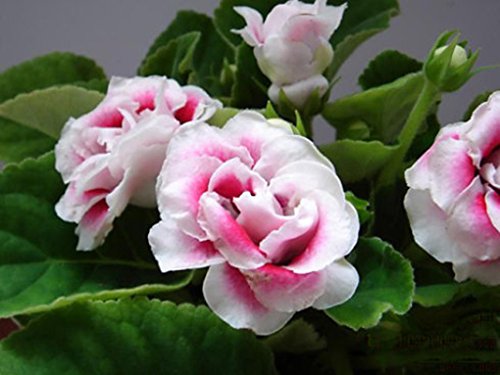
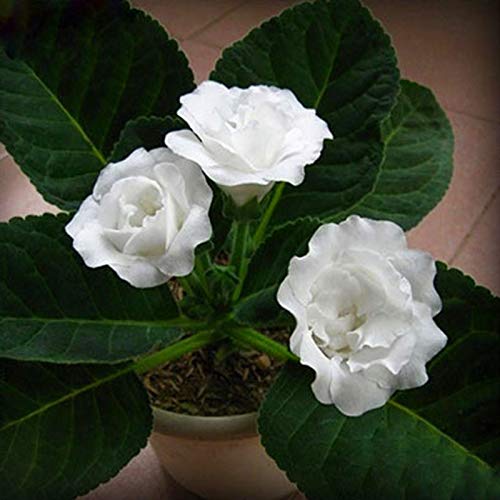
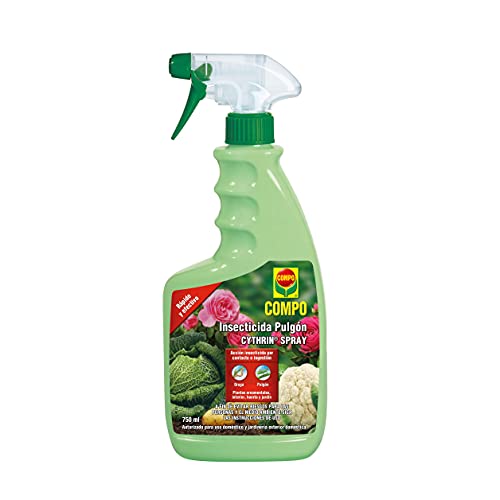
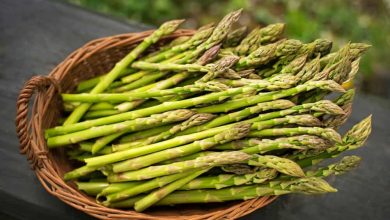
![Photo of Caring for a Bonsai: [Irrigation, Sun Exposure, Pruning and Fertilizer]](https://www.complete-gardening.com/wp-content/uploads/2022/08/caring-for-a-bonsai-irrigation-sun-exposure-pruning-and-fertilizer-390x220.jpg)
![Photo of Winter Garden Care: [Soil, Moisture, Pruning and Problems] garden in winter?](https://www.complete-gardening.com/wp-content/uploads/2022/08/winter-garden-care-soil-moisture-pruning-and-problems-garden-in-winter-390x220.png)
